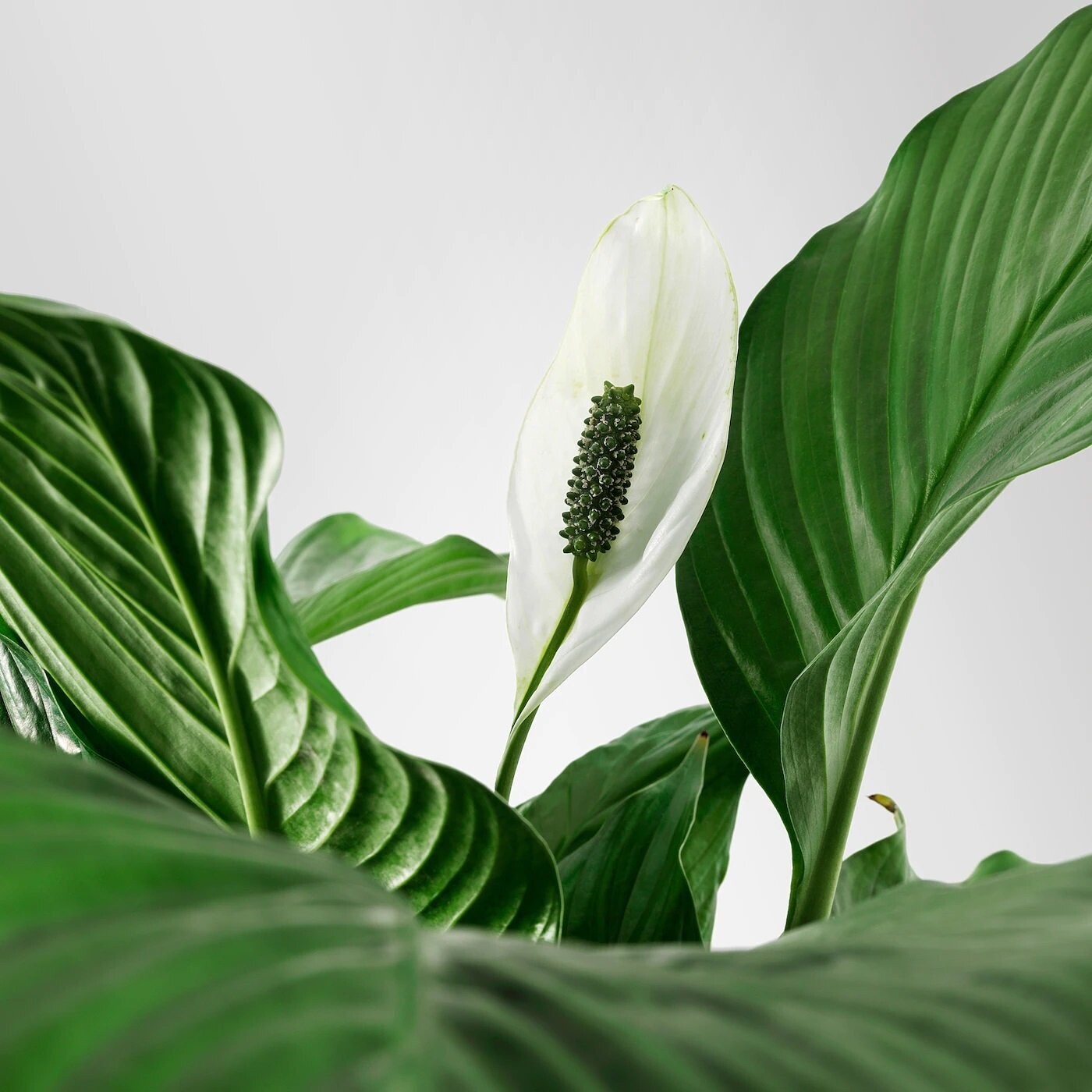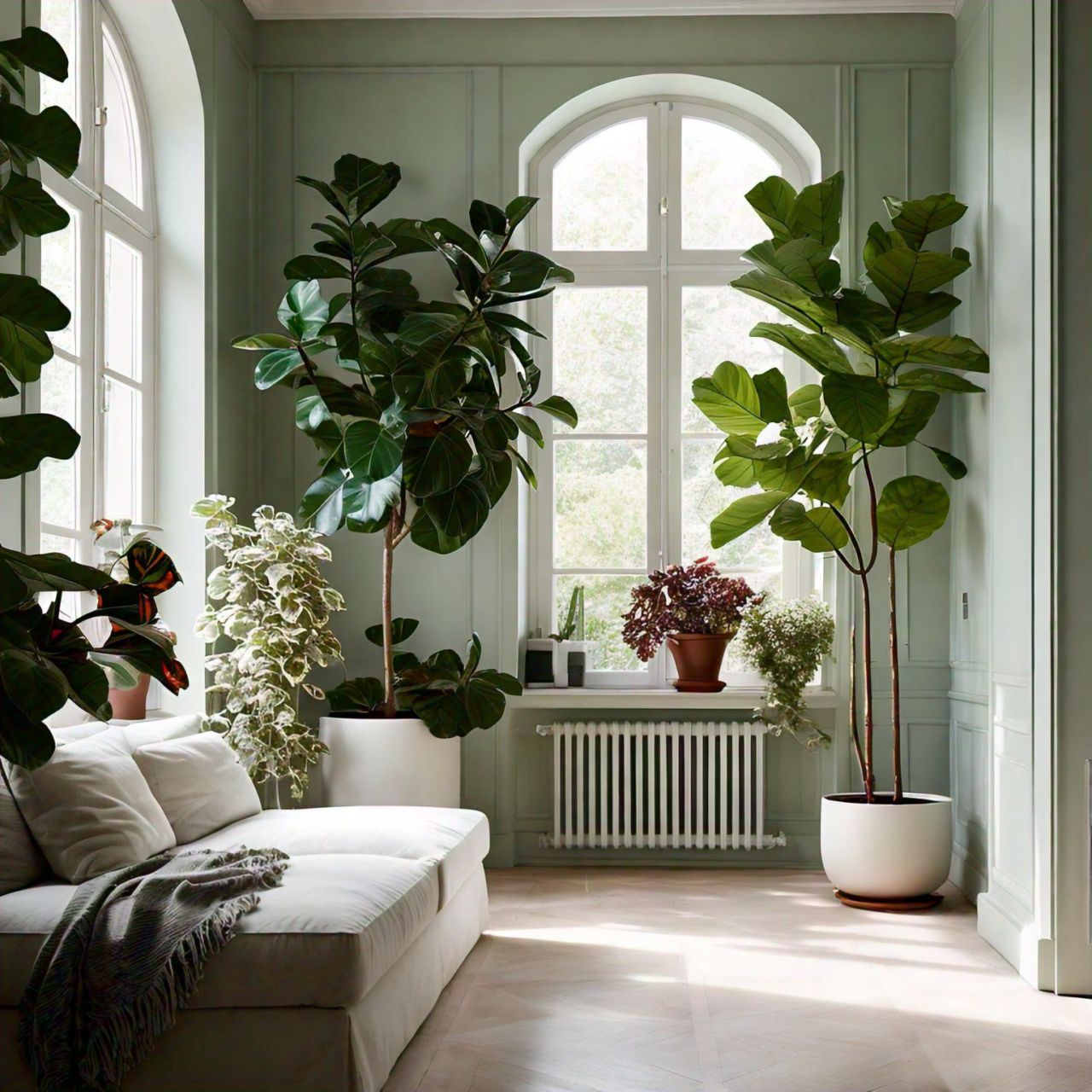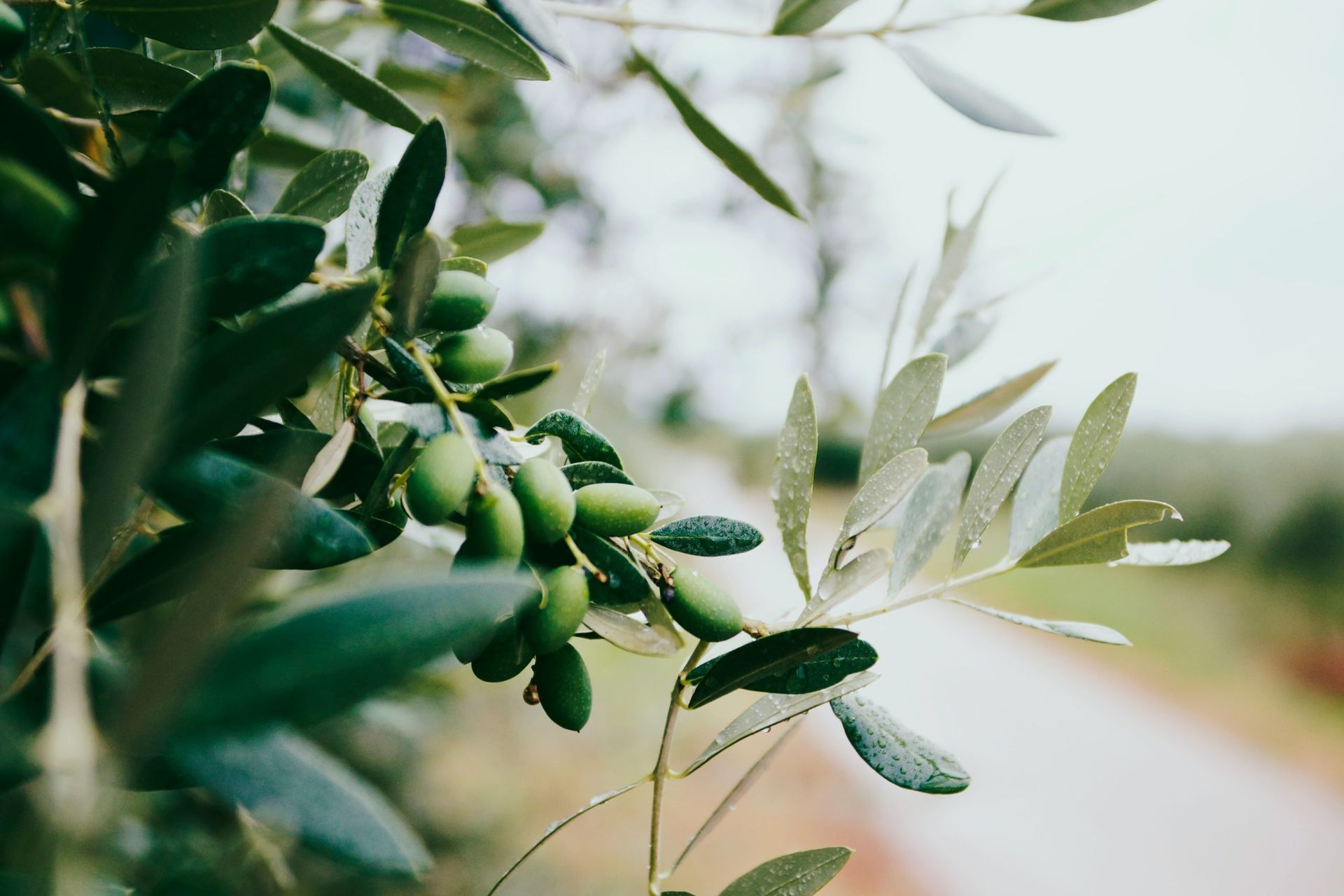Peace Lilly 140mm
Botanical Name: Spathiphyllum
Description:
The peace lily is popular among the plant lover's community because of its tropical look with broad, dark green leaves. It blooms in springs, producing charming white flowers. Peace lily fits well in every style of interior design, from casual to luxurious looks. Large peace lily looks great on the floor, smaller planats are perfect for table-tops or plants stands.
Size:
Pot size: 140mm pot
Width: 15cm
Height: 50cm including pot
Weight: 0.5kg
Care Guide:
1. Lighting
• Ideal Light: Bright, indirect sunlight is best. Too much direct sunlight can scorch the leaves.
• Low light tolerance: Peace Lilies can survive in low light but may not bloom as often or may develop leggy growth. They are relatively adaptable and will still grow in moderate to low light
• Avoid: Direct sunlight, especially in the afternoon, as this can burn the leaves, causing brown spots and edges.
2. Watering
Peace lilies like consistently moist soil, but they don’t like to sit in water.
• When to water: Water when the top 1-2 inches of soil feels dry. Water thoroughly, allowing water to drain out of the bottom of the pot.
In the warmer months: water 1-2 times a week.
In winter months: water less frequently, every 10-14 days.
• Note: Make sure your pot has good drainage to prevent waterlogging. Overwatering can cause root rot, so it’s important to find a balance.
Signs of under-watering: Wilting leaves (especially noticeable during the daytime). Peace Lilies recover quickly with water but try not to let them stay too dry for long.
3. Temperature
Peace Lilies thrive in warm indoor conditions and prefer temperatures between 18-27°C.
Peace Lilies are sensitive to cold drafts, so keep them away from air conditioners, heaters, or windows where cold air can reach them.
4. Humidity
Peace lilies thrive in higher humidity levels
• Ideal humidity: 50-60% is best, but they can tolerate lower levels if necessary.
• Increase humidity: you can mist the leaves lightly (especially in winter), place the plant on a humidity tray (a shallow dish filled with water and pebbles), or using a humidifier.
5. Soil
A well-draining potting mix is essential for the health of Peace lilies.
• Ideal soil: Use a rich, well-draining potting mix. You can mix in some perlite or orchid bark to improve drainage. A general-purpose houseplant mix will work fine as long as it drains well.
• pH: Slightly acidic to neutral soil (pH 6.0–7.5).
6. Fertilizing
• When to fertilize: Feed your plant every 4-6 weeks during the growing season (spring and summer) using a balanced, water-soluble fertilizer or a slow-release fertilizer.
• Avoid: Fertilizing during the winter months when the plant’s growth slows down. Excessive fertilization can lead to salt buildup in the soil, harming the roots.
7. Repotting and Maintenance
• Repotting : Repot in spring when the plant outgrows its current pot or when the roots become root-bound, which could be every 2-3 years. Choose a pot that’s 1-2 inches larger in diameter than the current one. Ensure the pot has good drainage.
• Removing dead leaves: Cut back any yellow or brown leaves with clean, sharp scissors or pruning shears.
• Cleaning leaves: Dust the leaves regularly with a damp cloth to keep them clean and help the plant absorb light more efficiently.
8. Flowering
Peace Lilies bloom in spring and summer.
• Conditions for flowering: Peace Lilies need bright, indirect light to bloom regularly. They may not flower as much in low light, but they will still remain healthy.
9. Common Issues
Here are a few common problems you might encounter with Peace lilies:
• Yellowing leaves: This can be caused by overwatering, poor drainage, or a lack of nutrients. Make sure you’re not watering too often (in winter) and that your pot has good drainage.
• Brown leaf tips: This is often a sign of low humidity or underwatering. Increasing humidity or more consistent watering may help.
• Wilting leaves: Peace Lilies will wilt when they’re under-watered, but they bounce back quickly once watered. However, wilting can also be a sign of overwatering or root rot, so always check for drainage issues.
• Flower drop: If flowers are dropping early, it could be due to temperature stress (too cold or too hot), or the plant is nearing the end of its bloom cycle, which is natural.
• Pests (like spider mites, aphids, or scale): Regularly inspect the plant, and treat any infestations promptly with insecticidal soap or a natural remedy like neem oil.
Pet friendly: Peace Lily is toxic for pets and humans and should be kept at a safe distance.
ADDRESS
49 Locher Avenue
Reservoir
VIC 3073
HOURS OF OPERATION
- Mon - Tue
- Closed
- Wed - Sun
- -
We use cookies to ensure that we give you the best experience on our website.






